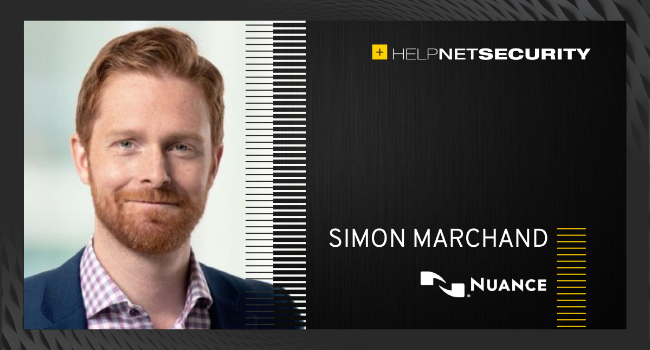Scammers aren’t always who we expect them to be: How AI and biometrics can help
When it’s time to hire a new employee, organizations go to great lengths to avoid hiring someone who would commit fraud: background checks, credit checks, drug tests, etc. But the truth is that few people deliberately join an organization with the intent to defraud them.

If we look at the profile of an occupational fraudster, these people are not always who we expect them to be. In fact, when corporate fraud has been discovered, most companies are not looking at the right person. Nearly half of occupational fraudsters have 5 years or more seniority, while only 9% have joined an organization for less than a year.
While you cannot know who’s planning to defraud you, you can put into place the systems and technologies that will protect your business and customers. Let’s explore a few scenarios and how AI and biometrics can help uncover and fight fraud.
Scenario 1: Occupational fraud
Imagine that your employees – now working remotely – have access to your CRM. They (and potentially their housemates or neighbors in the coffee shop) can see everything about your customers, from their addresses and purchasing habits to their driver’s license numbers, mother’s maiden name, and other personally identifying details.
Instead of allowing employees full, unfettered access to the CRM at any time, however, an AI-powered fraud prevention solution can be deployed to better secure your customers’ information. With the right solution on board, your agent would only have access to a given customer’s information when that customer is on the phone and both customer and employee have been securely authenticated using biometric technology.
In this way, your agents would not be able to access personal information whenever they want, nor would they be able to make changes to the customer’s file without consent and proper biometrics authentication.
Scenario 2: External fraud
Let’s say, for example, that a professional fraudster engages your organization’s contact center multiple times a day. Each time, they represent a different customer, one whose personal information and even password were available for sale on the dark web. Without an AI-powered fraud prevention platform and biometric authentication, this type of fraud could easily go unnoticed. That is, the average contact center employee can’t recognize that a single person is responsible for multiple contacts.
But this is exactly the type of problem AI and biometrics are ideally suited to solve. With biometric authentication on board, the fraudster simply cannot replicate a customer’s voice, conversation style, or behavioral characteristics to gain access to the account information. More, by continuously authenticating the customer across communication channels, the AI-enabled solution will quickly identify if or when a fraudster inserts themselves into a conversation, helping to prevent losses in that way as well.
It’s worth mentioning here that preventing fraud can and should be about more than preventing financial losses for your organization: it’s also a question of corporate citizenship. A high-profile case some years ago where the FBI investigated and uncovered a complex fraud scheme involving a hacked phone system, international calls to a premium rate service, and the resulting income that was financing a terror network.
Certainly, preventing financial losses was important, but preventing terror attacks was an unexpected though critical side effect of this particular fraud prevention effort.
Scenario 3: Opportunistic fraud
Throughout my career in fraud prevention, I’ve heard the 10-10-80 fraud adage, as I’m sure many of you have. It’s a concept that supposes that about 10% of people are honest all the time, 10% of people are dishonest all the time, and the remaining 80% of people could potentially take advantage of the “right” circumstances to commit a fraud.
While we are not aware of any data research that formalizes this construct, it is a valuable one to ground our final scenario here. Given the right circumstances (pressure, opportunity, and rationalization), it is impossible to predict when an otherwise honest citizen will seize an opportunity to defraud an organization.
Consider the process of filing an insurance claim. An otherwise honest person may take advantage of the situation to inflate the value of their loss; this isn’t a professional fraud, but someone who’s seizing upon an opportunity. According to the FBI, insurance frauds like this amount to more than $40 billion a year, so it’s a huge problem worth solving—and one that’s at the heart of an emerging area of research and development.
In the not-distant future, we can expect AI-powered deceit detection solutions to come to market. These solutions continuously analyze how people answer questions as they’re filing insurance claims and guide agents in their follow-up questions if the intelligence flags something as suspicious.
In conclusion
All types of fraud will continue to present new and evolving challenges, particularly as the number of customer engagement channels rises. Because fraudsters take advantage of the growing channels, devices, and access points into your organization, organizations must rely on a cross-channel approach to fraud prevention—from biometric authentication to intelligent detection solutions that go beyond simply catching perpetrators.